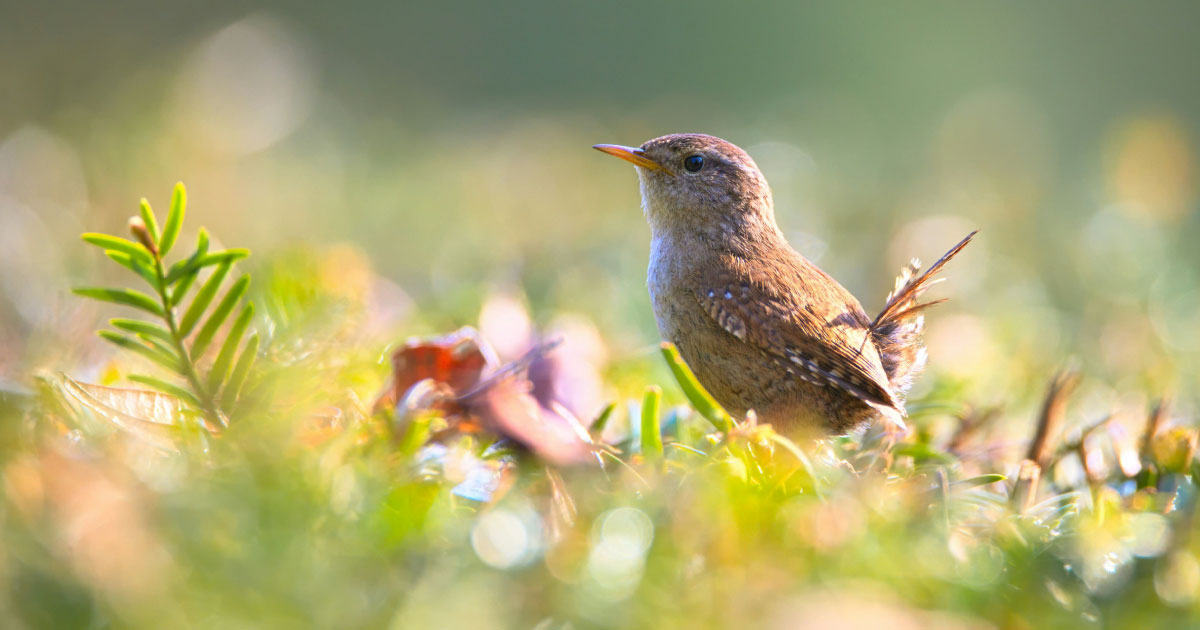
New Laws Protect Bird-Friendly Yards From Neighborhood Rules
A blossoming legislative trend prevents homeowners associations, which set landscaping rules for a growing number of Americans, from forbidding native plants.
Spring 2024 | Source: Audubon | by Zoe Grueskin
Even as her yard blossomed with black-eyed Susans and milkweed, Melinda Soltys didn’t consider herself a gardener; she just wanted to see more wildlife. After learning how native vegetation improves habitat for the animals she hoped to attract, Soltys grew a haven for birds and butterflies in her front yard. “As soon as you start researching,” she says, “you realize it’s all about the plants.”
But hers is among the growing number of American households that belong to a homeowners association (HOA). U.S. Census Bureau data show that 84 percent of new, single-family homes sold in 2022 belonged to one of these private entities that collect fees from residents in exchange for services like trash pickup and snow removal. Associations also set rules for what members can do with their property, and in June 2021 Soltys received a letter: The flourishing native species she’d lovingly grown broke the restriction against “weeds.” She would have to rip them out.
Soltys decided to push back. She tidied up her plantings, but she also partnered with regional environmental nonprofits to help introduce a bill in the Virginia legislature to protect the right to grow native plants in HOA communities. Soltys was inspired by first-in-the-nation legislation passed in nearby Maryland in 2021—born of a like-minded couple’s years-long and costly legal battle with their own HOA—that now serves as a template for other states. Last year, Maine enacted a similar bill, and Minnesota went a step further, requiring not just HOAs but all municipalities to allow natural landscaping.
